Having a field full of sunflowers is like a sky with a thousand suns. Their bright yellow flowers will be the last ones to close the summer season and the ones that wither away as the last weeks of fall approach.
After a few months of showing off their beautiful blooms and edible seeds, it’s natural to question if sunflowers grow back next spring.
In this post, we will share the lifespan of sunflowers and how you can keep them gracing your garden every summer.
We will also answer your frequently asked questions about cutting and deadheading sunflowers and how trimming and constant upkeep are essential in growing and extending blooms.
Q: Do Sunflowers Grow Back After Winter?
A: Sunflowers have varieties that are annual and perennial. Perennial varieties undergo dormancy during winter and grow back in summer. Annuals die at the end of the growing season. Usually, wild sunflowers grow back and the ones with gigantic blooms and edible seeds only last for a year.
How Can You Tell If a Sunflower Plant is Annual or Perennial?
There are telltale signs to know if the sunflower plant is a perennial or not. The number of blooms or plant height alone is not an ideal basis because both cultivars have those features.
Instead, check out the following features for a more accurate identification:
Bloom Development
Perennial flowers grown from seed tend to produce daisy-like blooms in their second year.
Annuals or sunflowers that only grow for one season tend to produce blooms immediately after they are sown. Since they only grow for a season, they produce blooms and seeds ahead before the cold season comes.
Seed Head Size
Perennial sunflowers have small seed heads while annuals have both small and big seed heads.
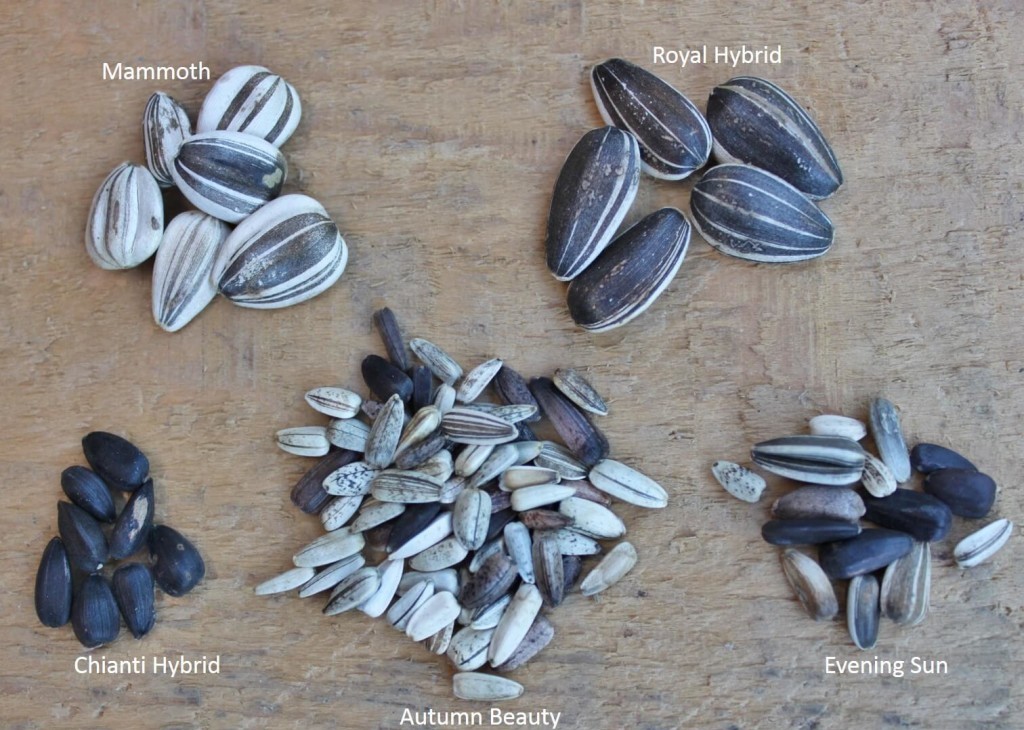
Seed Germination
Annual sunflowers germinate and sprout faster than perennials. However, perennials develop tougher roots and rhizomes.
Seeding and Propagation
Native perennial flowers have fewer seeds because they grow and propagate through their rhizomes underground.
Annual sunflowers have a lot of seeds to compensate for their inability to spread underground. Some annuals also produce edible seeds that you often see in stores as snacks.
Root Structure
Since perennial flowers grow in the wild, they have distinct tubers and rhizomes that spread deep in the soil. Annual sunflowers have tap roots that are stringy and thin.
Stem Growth
Perennial sunflowers have multiple stems wherein they produce clumps of flowers. Annual sunflowers, on the other hand, grow on tall single stems that allow the flowers to stand out in the garden.
Botanical Name
Sunflowers belong to the genus Helianthus. Sunflowers with the botanical name Helianthus annuus is a giveaway indication that it is an annual.
Getting To Know Sunflowers: Two Types of Sunflowers
We often see sunflowers as the typical big sun-facing bright yellow flowers. Behind its palm-sized flowers, it consists of varieties of different sizes, colors, and growing habits.
Discover the flower power of perennial and annual sunflowers below:
Perennial Sunflowers
Perennial sunflowers have small blooms that last longer in the season and grow a bunch of blooms. They belong to the Asteraceae family along with daisies, which explains why they have similar flower structures. Perennial sunflowers are known for having an adaptive behavior as they grow well in poor soil conditions.
In folklore, a sunflower is a sign of good luck. If you want to keep a reminder of good luck in your garden, check out the following varieties:
Maximilian sunflowers
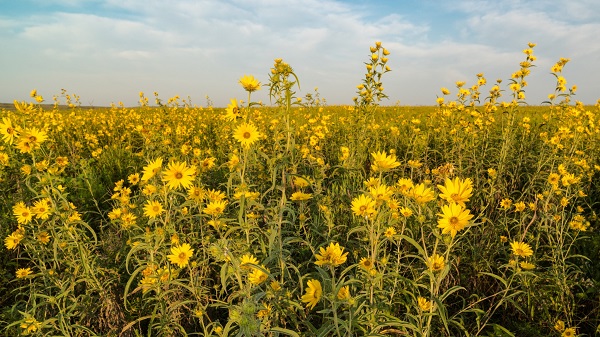
Maximilian sunflowers are the yellow flowers that you will find in empty lots and unmowed lawns. They are tagged by local gardeners as one of the DYC or Damm Yellow Composites which are a group of flowers that are hard to identify.
They have almost the same features as their cousins like asters and daisies but some of their features give away their identity. These features include:
(1) Stem: The whole plant grows from 3 to 10 feet tall. Its stem grows erect with rough skin and white hairs. The typical colors of its stem are light green, red, and purple.
The stem may tend to flop over when it holds the weight of a cluster of blooms. The stem of Maximilian sunflowers is also unbranched until it reaches the ends where the terminal flowers develop.
(2) Flowers: There is one flower on every stalk and each bloom spans a 3 to 5-inch diameter. Each bloom has 15 to 10 petals with 1 and ½ inches with a toothed end of the notch at the end of the petals.
The color of the center disc can go from light green to yellow until it turns brown. The brackets of Maximilian sunflowers are layered, long, narrow, and spreading.
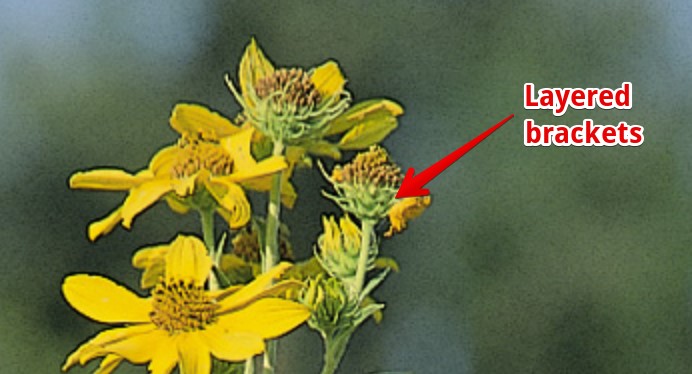
(3) Leaves: The leaves of Maximilian flowers give away the identity of the plants because they are long and have a folded form. The bottom leaves are 10 to 12 inches long and the top leaves are 2 inches long and 2 inches wide. The edges of the leaves are smooth and not toothed.
The name of Maximilian may indicate that it is derived from its height but it’s named after the German explorer Prince Maximilian of Wied-Neuwied that discovered its species in North America. Maximilian sunflowers can grow in moist, dry, and rocky places, even in clay soil. They are often found scattered around empty lots in states in US Hardiness Zones 3 to 9.
Most gardeners love growing Maximilian sunflowers because they are low-maintenance and self-seeds, meaning they propagate on their own. You will often seed them in full bloom from August to September.
Helianthus Multiflorus – Capenoch Star
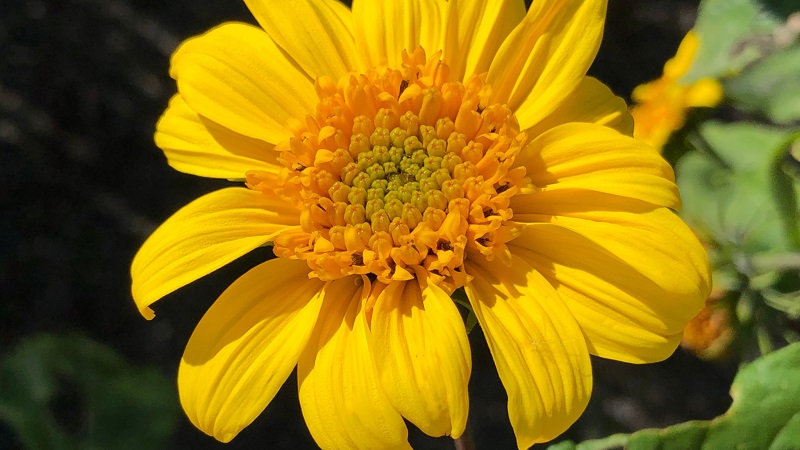
Capenoch Star is a type of perennial sunflower popular as a cut flower in the industry. It is often regarded as the thin-leaved sunflower but is also often noticed for its generous bloom behavior. It tolerates dry, rocky, and clay soil as well as drought and shade.
Capenoch sunflowers are often found in US Hardiness zones 4 to 8. They can grow from 4 to 6 feet with a cluster of blooms at the top. The flowers span 5 to 6 inches with dark yellow centers. Their leaves are rough-textured, 8 inches long, and with toothed edges. Capenoch Star sunflowers are also self-seeding and propagate on their own without human intervention.
As one of the long-lasting flowers of summer, Capenoch Star produces beautiful blooms from August to October. Its foliage will start to wilt and fall as the season ends but the seeds and flowers may remain in the stalk.
Capenoch Star is a perfect sunflower variety to grow around plants that need pollinators, like pumpkins, because its seeds feed birds and butterflies in the later months of the growing season.
Aside from being a popular fresh-cut flower, it is also an ideal addition to your:
- Fence planter boxes.
- Borders.
- Bird gardens.
Helianthus giganteus – Giant sunflower
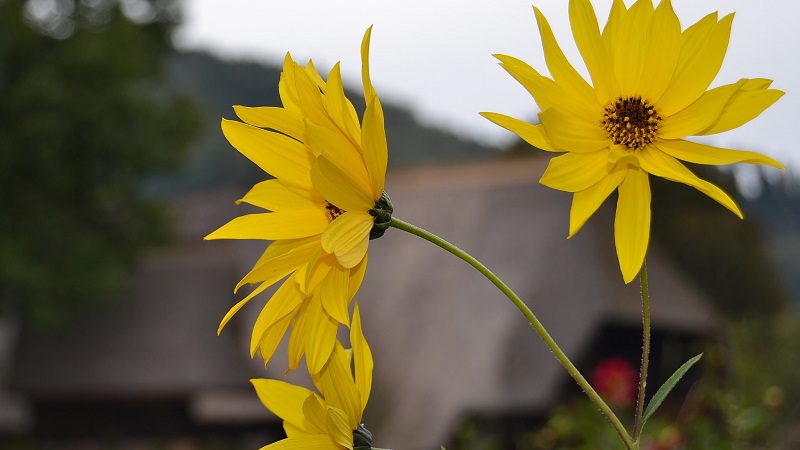
Contrary to the impression of its name, the giant sunflower is a perennial sunflower that produces 3-inch flowers. It is often mistaken for mammoth sunflowers that have palm-sized flower discs.
Giant sunflowers can grow from 3 to 9 feet tall and are often found as wildflowers in marshlands, woodlands, river banks, and valleys in the eastern part of the US and Canada.
Giant sunflowers are one of the fastest-growing sunflowers from July to September. Like lilies, the giant sunflower seeds benefit from the cold stratification of the winter season to develop beautiful blooms in summer. Their leaves are 6 to 7 inches long with tooth edges and hairy undersides.
Be careful in growing giant sunflowers in planter boxes or garden beds because giant flowers grow rhizomes and can compete with the other plants in the container.
Aside from the beautiful blooms, you can also eat the tubers and seeds of giant sunflowers. If you live in US Hardiness zones 4 to 8, these sunflowers can serve as a pollinator magnet in your garden, drawing different birds and insects that can benefit the fruit development of your crops.
Helianthus tuberosus – Jerusalem artichoke
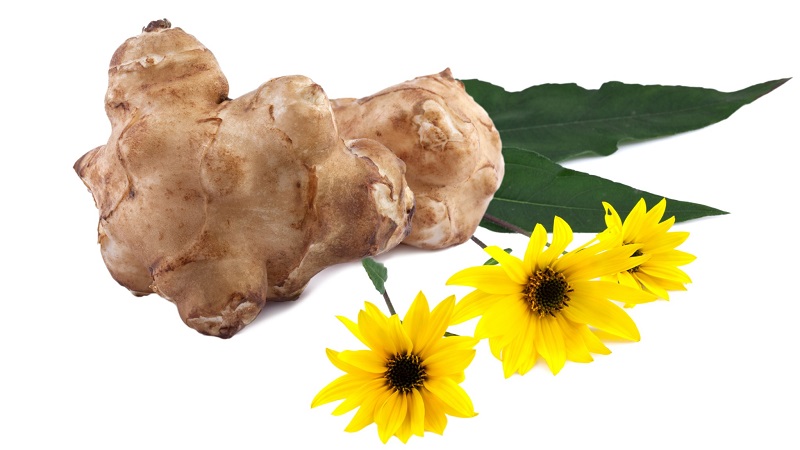
Jerusalem artichoke or sun choke is one of the best perennial sunflowers you can grow in your backyard. It produces vibrant flowers in summer and delicious tubers as winter food. So, having them in your garden gives you a food source and a landscape asset in one plant.
Jerusalem artichoke grows from 6 to 10 feet tall in moist and well-draining soil. Its flowers are 2 to 4 inches wide which provides the yellow lemon color. It has a shorter bloom season than the rest which falls from August to September.
When it starts its dormancy period, you may start to harvest the tubers in the ground. The tubers have a similar taste to artichoke and are often fermented to retain their crisp texture.
Areas in US Hardiness zones 3 to 9 are the best locations to grow Jerusalem artichokes. Having them in your garden will ensure that you’ll not only have beautiful flowers every summer but also a bountiful harvest of edible crops.
Helianthus Debilis – Beach Sunflower
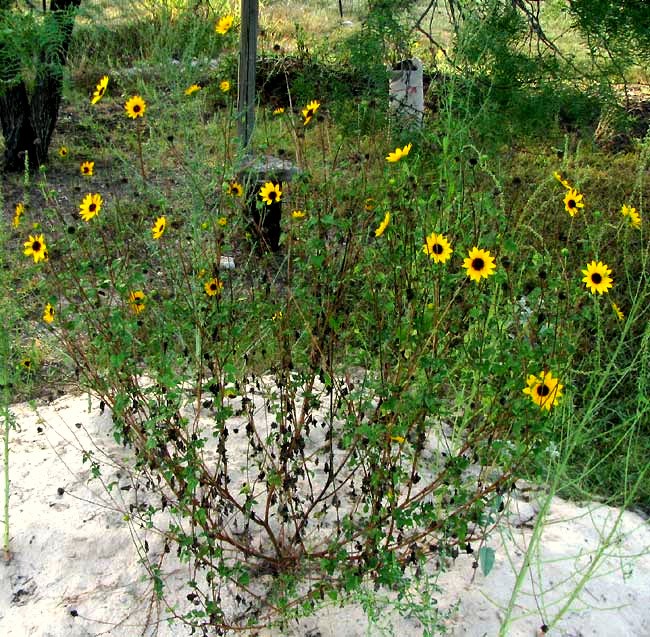
Have you ever thought of seeing sunflowers along the beach?
Well, the H. debilis or locally known as cucumber-leaf sunflower makes it possible. Known as the beach sunflower, Soluna Lemon is a native Florida sunflower that grows in the sandy soil in hot and dry places like coastal areas.
Beach sunflower is drought-resistant and makes a good ground cover, producing 3-inch flowers throughout the year. It thrives in US Hardiness zone 9 and 10 and loves basking in full sun exposure. In colder regions, beach sunflowers are considered annuals but retain their ability to reseed.
The whole plant is low-lying and can only grow from 4 to 5 feet and possess a unique growth behavior. A single stem can grow several branches and form stalks on every node. It is a generous plant that provides clumps of blooms, brightening up every yard.
Annual Sunflowers
Annual sunflowers or Helianthus annuus are the sunflower varieties that only last one growing season. Most annual sunflowers have big flowers that span 8 to 10 inches wide and grow on a single stem. The trademark image of a sunflower is the mammoth sunflower that provides tons of edible seeds.
Mammoth sunflowers
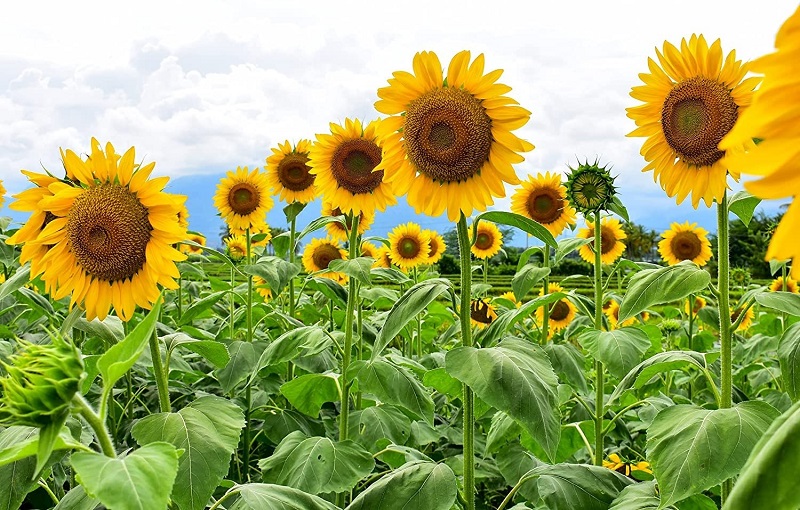
Mammoth sunflower is an annual with a palm-sized flower disc and produces tons of sunflower seeds. It can grow up to 12 feet with its stem holding a single flower on top of the stalk. Mammoth sunflowers are highly drought-tolerant and bloom from late summer to early fall.
Autumn Beauty
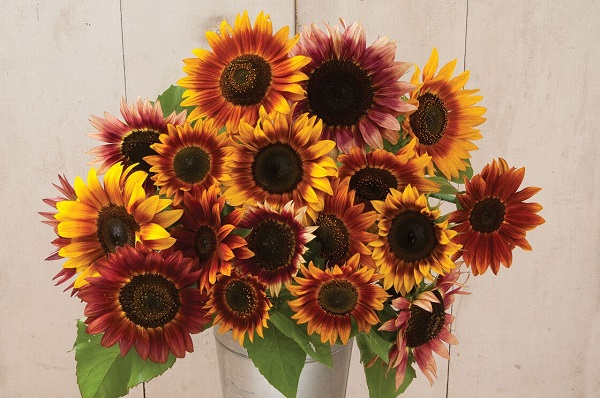
If you want some unique-looking sunflowers, Autumn Beauty pops a gradient of red to yellow colors that will surely make your garden a head-turner.
The whole plant can grow up to 4 feet with branching stems and 8-inch blooms. Aside from its wonderful display of floral colors, the buds and seeds of Autumn Beauty are also edible.
Moulin Rouge
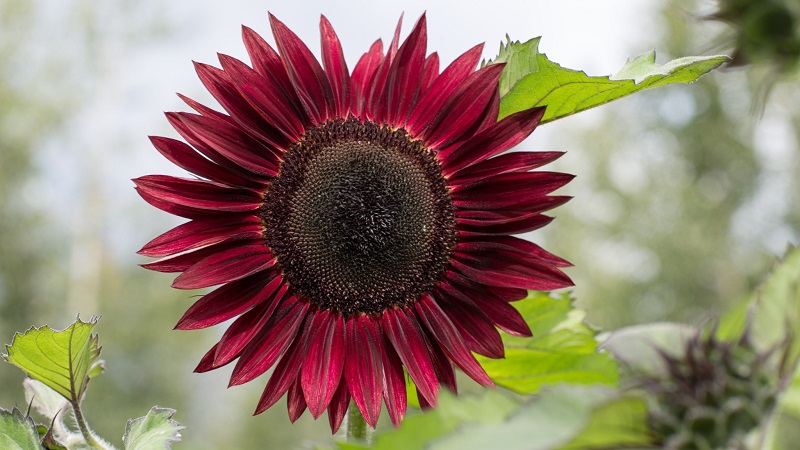
Flower lovers will surely love growing the dark sunflower variety Moulin Rouge. It is a low-pollen sunflower variety with maroon to dark red petals with a light-colored petal base. Despite its unique features, it is easy to grow and known in the gardening community as a long-lasting cut flower in vases.
Teddy bear
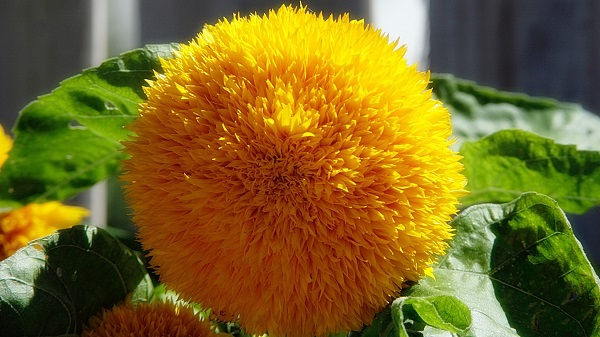
Teddy bear sunflower is a sunflower variety with 6-inch pom-pom-like blooms. It is a low-growing plant, reaching 18 inches in height. It blooms from mid-summer to early fall.
Due to its vibrant puffs of flowers, teddy bear sunflowers make the best plants to plant on borders and fence planter boxes.
Should You Deadhead Sunflowers?
Yes, deadheading sunflowers encourage the plant to produce more blooms and extend its lifespan. It also helps keep the plant tidy. Though some gardeners don’t favor deadheading, spent flowers and leaves can attract pests and spore fungal diseases.
Frequently Asked Questions
Do sunflowers grow back after cutting?
Perennial sunflowers will surely grow back every growing season. However, annual sunflowers like mammoth varieties will not grow back and die after one growing season.
What to do with a sunflower when it dies?
Leave the flowers until birds and other wildlife animals finish all of their seeds. Uproot the plants, cut them into pieces, and add them to your compost bin.
Do sunflowers grow back their petals?
No, they don’t grow back blooms. When sunflowers wilt, they will more likely grow another bloom in another stalk but not replace the wilted bloom.
Final Thoughts
Sunflowers can brighten up any corner with their bright blooms. Growing perennials in your garden ensure that every summer sunflowers grow back with clumps of blooms and edible seeds available for you and the wildlife around you.
Which sunflower variety do you plan to grow in your garden this summer?
Let us know in the comments below and let’s see how many gardeners perennial sunflowers.
Also, if you find this post helpful, please share it with your friends and let them discover new sunflower varieties.
